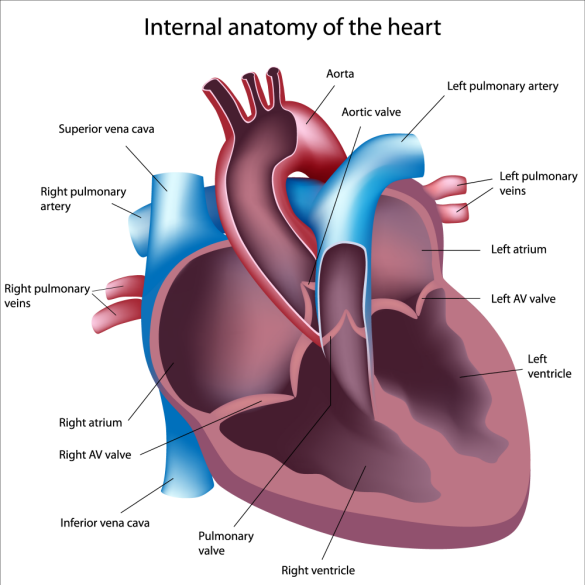 I received a great question from a reader this week. The reader asked why some patients are quite disabled from Pulmonary Arterial Hypertension when they have only moderately elevated pulmonary artery pressures and other patients can have very high pulmonary artery pressures and yet remain very functional, even working full time.
I received a great question from a reader this week. The reader asked why some patients are quite disabled from Pulmonary Arterial Hypertension when they have only moderately elevated pulmonary artery pressures and other patients can have very high pulmonary artery pressures and yet remain very functional, even working full time.
This question gets at a key concept of PAH. Even though PAH is defined by elevated pressures within the pulmonary arteries, how a patient feels is really related to how their right ventricle is able to compensate for the elevated pressures and resistance within the pulmonary arteries.
Let’s use an analogy to make this clear. Imagine a house with an air conditioning system. When the house was new and the AC system was installed, it ran great and the house in Phoenix was always cool, even during the summer. Over the years, the windows and the doors in the house became less airtight and heat was able to enter the house. Initially, the AC system had no problem keeping up with the added work. It simply had to work harder/longer to keep the temperature inside the house comfortable. After 15 years, the AC system began to function less well. The compressor was less efficient and the condenser was not as effective. Now the residents of the house began to notice that no matter how long the AC system ran, the temperature in the house never reached a comfortable 78 degrees.
In this analogy, the heart is the AC system and the degree of leakiness of the house for keeping out hot air is analogous to the increasing resistance of the pulmonary arteries in PAH. Thus you feel ok when your heart can keep up with the added demands of diseased pulmonary arteries. You notice symptoms only when your heart is unable to pump enough blood to allow you to do the activities that you desire. No one complains that his or her pulmonary artery pressure is too high. What they notice is shortness of breath and fatigue. These are symptoms of inadequate blood flow.
The pulmonary artery pressure and blood flow at rest may not be predictive of what happens during exercise. Some patients have quite mild appearing disease at rest but with minimal exercise they experience dramatic deterioration in blood flow and elevation of the pulmonary artery pressures. We can sort this out in the catheterization laboratory by measuring your pressures and flows at rest and having you exercise during the procedure. These patients are often under-treated because they appear to have mild disease when measured at rest.
